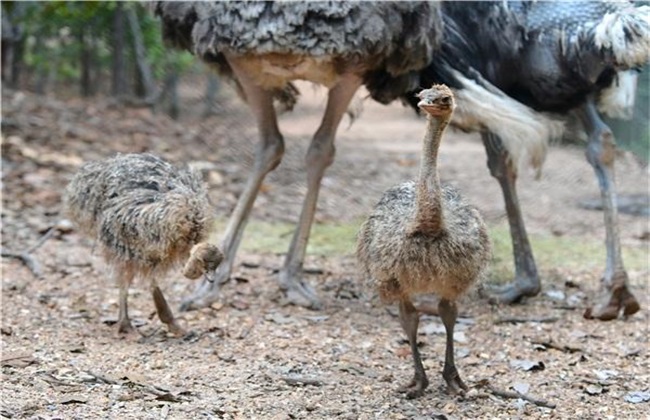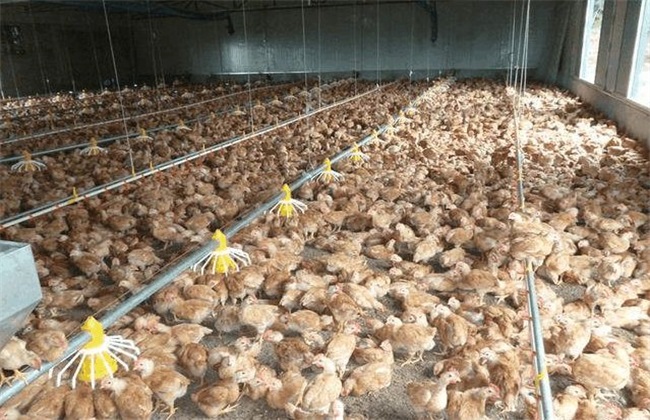Breeding environment of peacocks
Peacock is a very beautiful animal, of which the most common species is blue peacock. The edible value of peacock meat is very high. At present, there is also a very large breeding area in our country. When breeding peacocks, we should pay attention to control the breeding environment of peacocks to ensure that peacocks can grow normally. So what is the environment for breeding peacocks? The following editor has brought you the breeding environment of peacocks, let's have a look!

1. Temperature control
Temperature is the first thing we need to control when raising peacocks. When raising peacocks, if it is caged, then the optimum temperature for peacocks to grow is about 22 degrees. Keep it at about 20-25 degrees. If it exceeds the temperature range of 15-30, it will have a great impact on the growth of peacocks. And it takes manpower and financial resources to maintain the temperature, which leads to an increase in feeding costs.
2. Lighting control
Light has a great effect on the growth of peacocks, and light will directly affect the sexual maturity of peacocks, so when we breed peacocks, we must also pay attention to control the light environment. For example, if the female peacock is exposed to long sunshine for a long time, it will advance the time of sexual maturity. When we breed, in order to reduce the cost of breeding, unless we encounter unexpected circumstances, we usually do not need artificial light to meet the lighting needs of peacocks with natural light.
3. Feeding in groups
When raising young peacocks, we should do a good job in grouping according to the sex of the peacocks, and the female-to-male ratio is generally controlled at about 3:1. The number of each group should be kept within 30, and there should be plenty of room for each peacock to grow, at least 1 square meter. Then in the later stage of peacock breeding, the peacocks should be properly divided into cage groups to expand the growth space of each peacock.
4. Reasonable ventilation
The intake and respiration of peacocks will expand with the change of growth stage. After entering adolescence, there will be a significant expansion in all aspects. Then in the autumn and winter and other low-temperature environment, in order to heat preservation work should be mainly closed management. However, closed management will reduce the air quality in the house, and the humidity will exceed the standard as a result. Therefore, we should pay attention to maintain good ventilation, control the humidity in the house, maintain the air quality in the cage, and create a warm and dry growth environment for peacocks.
The above is a brief introduction to the peacock breeding environment. In addition, we also need to meet the growth habits of peacocks like sunbathing and sand bathing, so as to promote the overall development of peacocks. That's all for today's introduction. This article is for reference only. I hope it can help you all.
Related
- On the eggshell is a badge full of pride. British Poultry Egg Market and Consumer observation
- British study: 72% of Britons are willing to buy native eggs raised by insects
- Guidelines for friendly egg production revised the increase of space in chicken sheds can not be forced to change feathers and lay eggs.
- Risk of delay in customs clearance Australia suspends lobster exports to China
- Pig semen-the Vector of virus Transmission (4)
- Pig semen-the Vector of virus Transmission (3)
- Five common causes of difficult control of classical swine fever in clinic and their countermeasures
- Foot-and-mouth disease is the most effective way to prevent it!
- PED is the number one killer of piglets and has to be guarded against in autumn and winter.
- What is "yellow fat pig"? Have you ever heard the pig collector talk about "yellow fat pig"?



